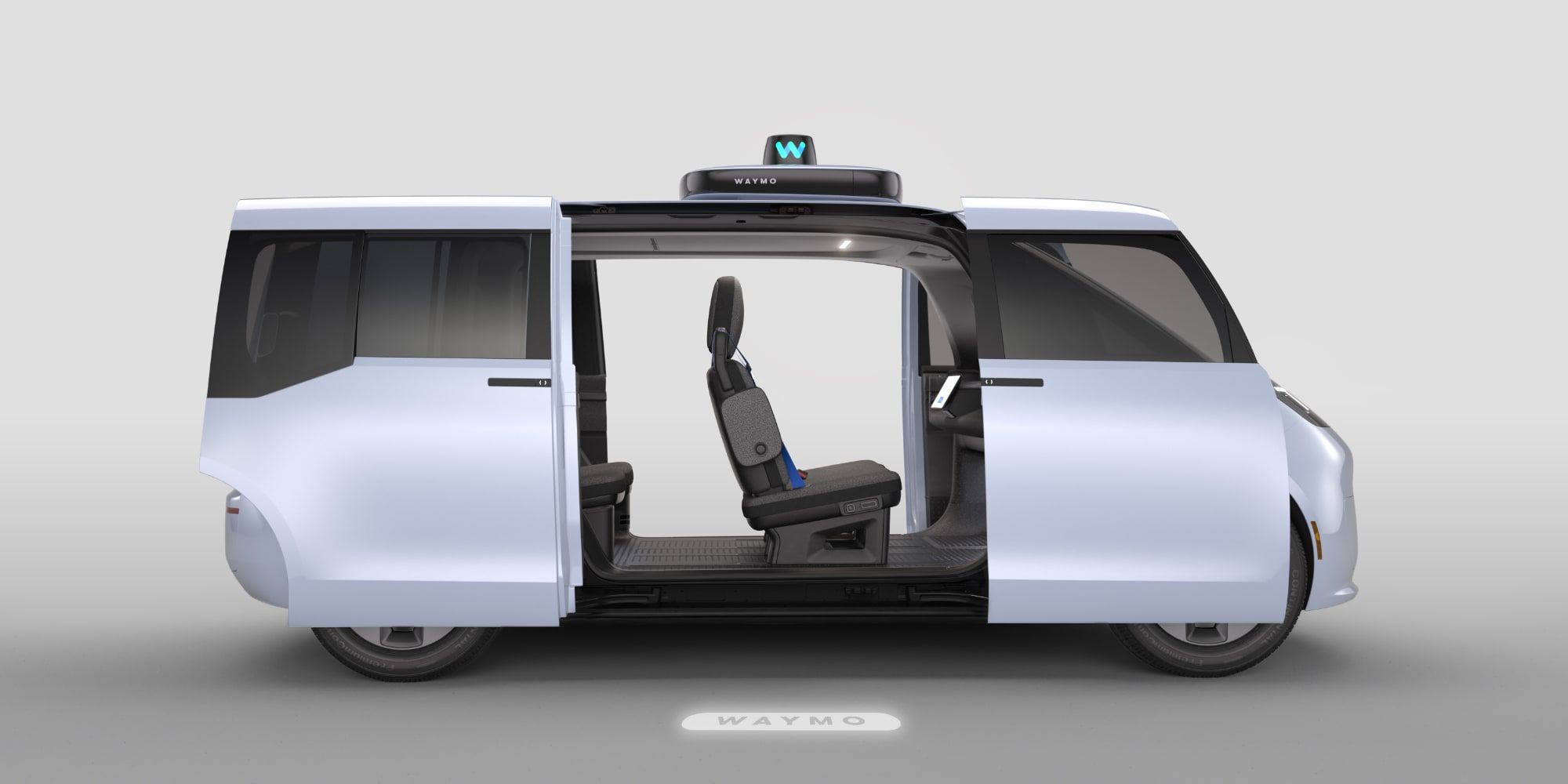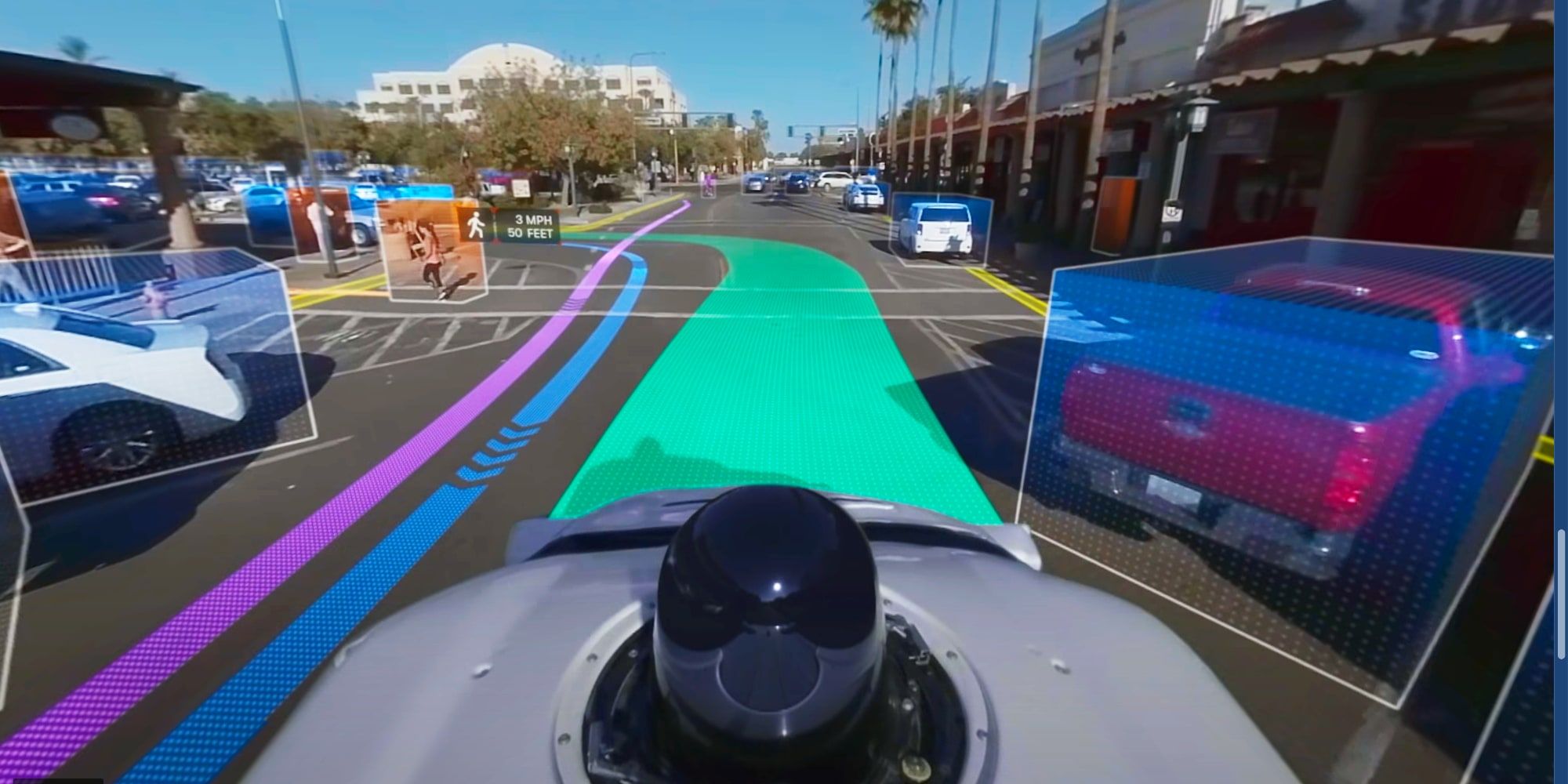Waymo unveils a new kind of autonomous taxi cab that doesn't even have a steering wheel, going all-in on computer control. Waymo is fully focused on using artificial intelligence to drive cars without human assistance. It has taken steps to remove human-oriented controls, showing full commitment to this path and allowing the vehicle's interior to be designed entirely for its passengers, with more space available since the driving controls are removed.
Robotaxis are not new and Waymo, a subsidiary of Google's parent company Alphabet Inc., has been employing autonomous vehicles in Phoenix, Arizona for several years, one of the few U.S. cities to approve their use. In August of 2021, San Francisco allowed Waymo to operate its ride-hailing service in a limited area, an exciting development since the Waymo One taxi service has not reached beyond Phoenix since it first started testing in December of 2016.
Waymo recently revealed a new type of robotaxi, and the new design is very interesting. The company already uses autonomous vehicles as taxis, however, these are standard vehicles that have been modified to include extra self-driving hardware and software, known as Waymo Driver. The new taxi revealed in a blog post is a "rider-first" minibus van with dual sliding doors that open wide to offer easy entry into two very roomy rows of seats. This would be very nice for trips to the airport or anytime extra space is needed. The current Waymo One vehicles don't allow passengers to sit in the front seats even though they are unoccupied. The new all-electric vehicle will be manufactured by Geely, a large Chinese automaker. Waymo didn't give any specific schedule, simply stating the new Waymo One fleet will be introduced "in the years to come."
Waymo's Approach To Full Self-Driving
Waymo has taken a very different route to self-driving than the boisterous Tesla, which began to sell Full Self-Driving subscriptions well in advance of their availability and still can't deliver on the promise made with that title. Meanwhile, Waymo has real autonomous vehicles navigating city streets with no one behind the wheel and has been refining its technology for 12 years. While Tesla is fully focused on camera-based systems, Waymo prefers the much more expensive LiDAR. It's very interesting to see the relative success and failure of each method. Tesla began with the basics and revises continuously; Waymo started with a high-level academic approach and has been refining from there.
It's hard to argue with Waymo's proven track record. Performance in Phoenix has been mostly good and well-received by residents, however, there are some cases where the AI gets confused and refuses to move, sometimes even blocking traffic and creating a hazard. Waymo has human drivers roving the area ready to assist if there is a problem. Tesla simply requires a human driver to remain vigilant to catch any AI errors. This less rigid approach allows widespread deployment and collects massive amounts of data to better inform the system. Tesla is forever confident, but Waymo's recent steps toward a new fleet with no option for human control seem to suggest it is growing bolder as well, making this rivalry even more fascinating.
Source: Waymo


